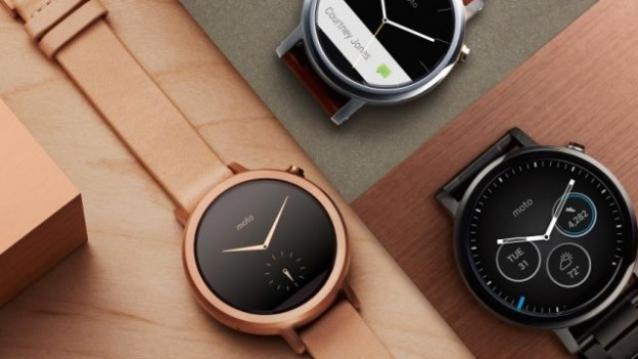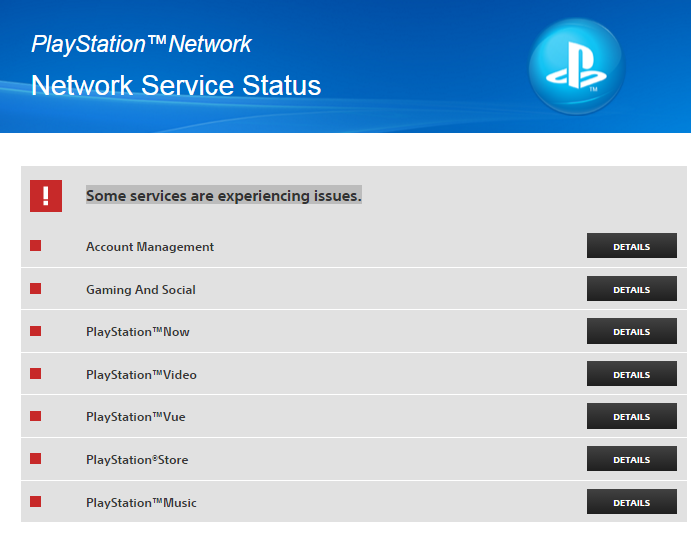Lenovo has announced its all new Vibe S1 Lite smartphone ahead of CES 2016. The smartphone as the name suggests is a ‘lite’ version of the Lenovo Vibe S1 that was launched in 2015 in India. The S1 Lite is priced at $199 (approximately Rs 13,300) and is expected to go on sale by early 2016.
The Lenovo Vibe S1 Lite sports a design that is similar to the original Vibe S1 and when released in markets will also be available in similar colours like blue and white. The design sports a sandwiched metal frame with glass on the front and plastic on the back, which means Lenovo has gone easy with the specs as compared to its elder sibling, the Vibe S1.
Coming to the Vibe S1 Lite’s features, we get a 5-inch Full HD display up front, while a 1.3GHz octa-core MediaTek SoC hides right behind it. There’s 2GB of RAM and 16GB of internal storage along with a microSD card slot for memory expansion up to 128GB.
On the back we have a 13MP camera with a dual-tone LED flash, phase detection autofocus (PDAF) and a BSI sensor to complete the package. On the front, above the display, sits an 8MP camera that is also accompanied by an LED flash for better looking selfies.
The device packs in the usual connectivity options including 4G bands, Bluetooth, Wi-Fi, GPS and a micro USB connector for charging and data transfers. The smartphone boots to Android 5.1 Lollipop and is powered by a 2700mAh battery.
Indeed, this is the first of many announcements to come so keep checking TechTrainIndia for more updates. Lenovo on 4 January also announced a ThinkCentre X1 AIO desktop and ThinkPad X1 Yoga and ThinkPad X1 Carbon ultrabooks.














